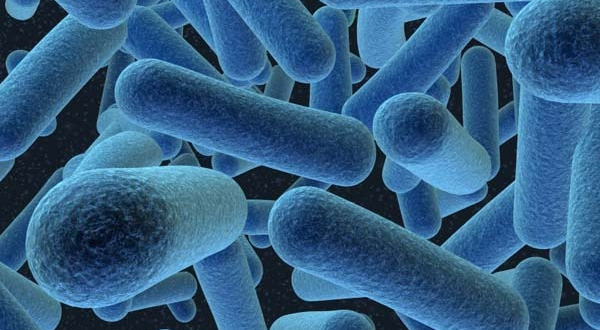
The rise of antibiotic resistance is old news by now—everyone knows that bacteria evolve in response to their surroundings to maintain, and enhance, their pathogenicity. What's less clear is exactly how this happens. Although we can identify genetic mutations in bacteria, it has been difficult to determine which of those mutations are adaptive and which are just random and neutral. Such knowledge would be mighty useful for identifying the biochemical pathways that are important for disease and can be targeted by therapies.
People with cystic fibrosis are highly prone to long-term bacterial infections. In the 1990s, a rare pathogen called Burkholderia dolosa infected 39 people with cystic fibrosis in a hospital in Boston. Tami Lieberman and her colleagues collected bacterial isolates from the airways and blood of 14 of these people over 16 years. These 112 isolates allowed them to analyze the bacteria's evolution in each individual. Results are reported in this week’s issue of Nature Genetics.
To investigate the pathogen’s evolution, the researchers first looked for isolates with known pathogenic behaviors and then correlated those behaviors with genetic changes. So those isolates that were resistant to the antibiotic ciprofloxacin all shared the same mutation, which occurred after the initial infection in six different subjects. Separately, isolates that were highly virulent had altered structures in their outer membranes. There were two different genetic mutations that yielded the same structure; these mutations arose independently in nine subjects.
Although useful, this approach is limited because it relies on first knowing the selective pressure driving evolution. The researchers really wanted to identify genes under selection without first knowing why they were being selected—that is, things that enhance virulence by a mechanism that we haven't characterized yet. But how do you identify a gene when you don't necessarily know what it does?
The researchers took a stab at the problem. They figured that genes would mutate independently in multiple subjects, so they counted the number of mutations in each bacterial gene in each patient. They found seventeen genes that had multiple mutations. Assuming neutral evolution, without any selective pressure, the expectation would be that only one of the 5,014 bacterial genes would have more than one mutation. Therefore, most of these mutations probably provided an adaptive advantage.
To confirm that these genes were not just "mutational hotspots" (areas prone to picking up mutations at random), the authors looked at the impact of the changes. Most turned out to be nonsynonymous—that is, not only do they change the genetic sequence, but that change alters the protein encoded by the gene. In fact, there were 18 times as many nonsynonymous mutations as would be predicted by genetic drift. Two of the genes identified this way were the ones mentioned above that conferred resistance to ciprofloxacin and altered the outer membrane structure, which validates the approach.
Six of the genes had never before been implicated in pathogenicity. Three of them are involved in oxygen-dependent gene regulation, and the other three don't look much like any protein we know about, so their functions and potential roles in pathogenicity remain unclear. But their identification as having undergone selective pressure while infecting people with cystic fibrosis implies that they merit further attention.
Nature Genetics, 2011. DOI: 10.1038/ng.997 (About DOIs).
Listing image by Photograph by uab.edu
reader comments
12